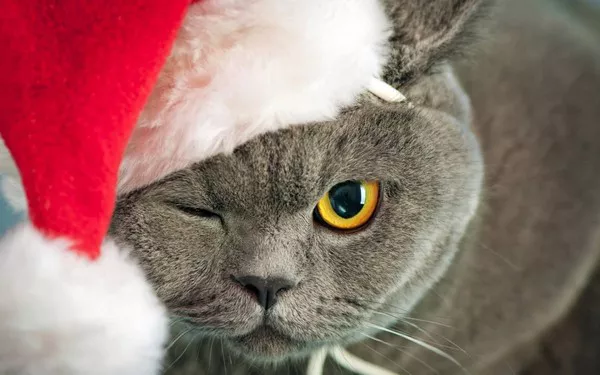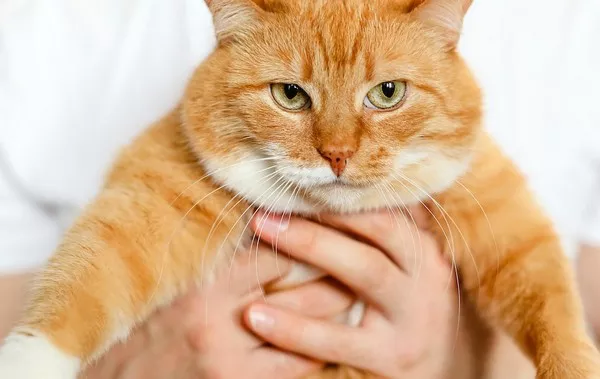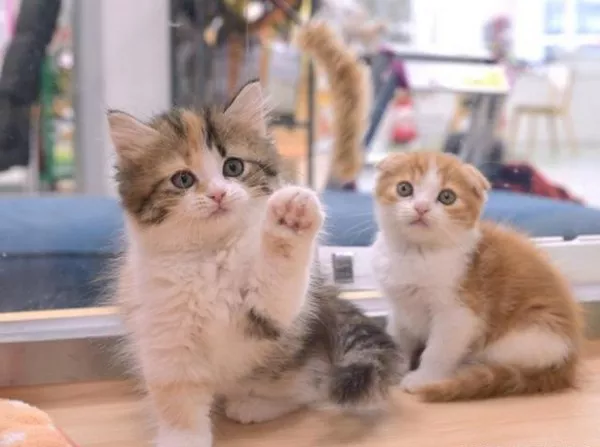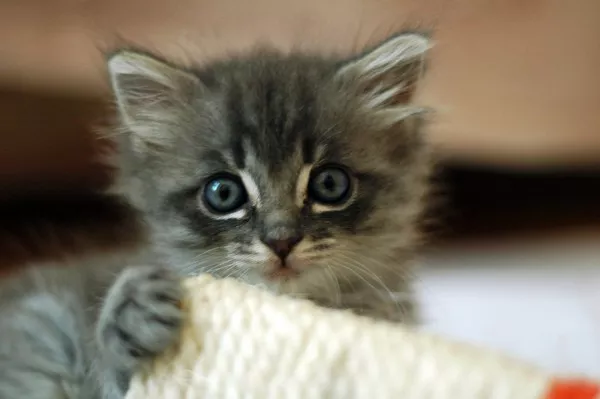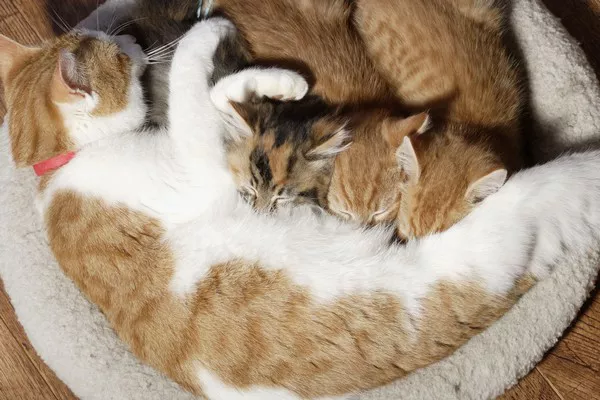Cats have long captured our hearts with their grace, independence, and diverse array of coat colors and patterns. Among these stunning feline companions, one particular coat pattern stands out with its captivating and enigmatic beauty—the tortoiseshell. In this article, we will delve into the fascinating world of tortoiseshell cats, exploring their distinctive appearance, temperament, and the intriguing genetics behind this remarkable coat pattern.
Understanding Tortoiseshell Coat Pattern:
Tortoiseshell cats, often referred to as “torties” or “tortieshell cats,” boast a striking and intricate coat pattern characterized by a mix of black, orange, and sometimes brown fur. The colors are often swirled together in a patchwork of vibrant hues, creating a visually stunning display that is unique to each individual cat. The distribution and intensity of the colors can vary widely, resulting in a wide range of tortoiseshell patterns, from predominantly black with splashes of orange to a more balanced mix of both colors.
The Genetics of Tortoiseshell Cats:
To fully appreciate the complexity of tortoiseshell cats, we must delve into the genetics behind their distinctive coat pattern. Tortoiseshell coat colors are predominantly found in female cats, with males rarely exhibiting this pattern. This is because the genes responsible for the tortoiseshell pattern are located on the X chromosome.
Female cats possess two X chromosomes (XX), while males have one X and one Y chromosome (XY). The gene responsible for the orange coat color (O) is located on the X chromosome. The gene for the black coat color (o) is located on the same X chromosome but at a different location. Tortoiseshell cats result from a phenomenon known as X-chromosome inactivation, where one X chromosome in each cell is randomly inactivated during embryonic development.
As a result of this inactivation process, some cells express the orange gene, while others express the black gene. This mosaic of differently colored cells gives rise to the intricate and beautiful tortoiseshell coat pattern. Male cats, on the other hand, only possess one X chromosome and do not have the opportunity for this random inactivation process to occur, which is why male tortoiseshell cats are extremely rare.
Temperament and Personality:
While the genetics behind their coat pattern may be intriguing, tortoiseshell cats are equally captivating when it comes to their temperament and personality. While it is important to remember that each cat is an individual, many tortoiseshell cats are known for their spirited and sassy nature. They often possess a unique combination of independence, intelligence, and a touch of feistiness, making them endearing and engaging companions.
Tortoiseshell cats are often described as having strong personalities, with a reputation for being opinionated and assertive. They can display a level of confidence and assertiveness that demands attention and respect. Some owners may affectionately refer to them as “tortitude,” a term coined to describe their distinctive blend of charm and assertiveness.
It is worth noting, however, that the temperament of a cat is influenced by various factors, including genetics, early socialization, and individual experiences. While some tortoiseshell cats may exhibit more assertive traits, others may be more laid-back or gentle in nature. Each cat, regardless of its coat pattern, possesses a unique personality that should be understood and appreciated on an individual basis.
Caring for Tortoiseshell Cats:
When it comes to caring for tortoiseshell cats, the same principles apply as with any other cat breed or coat pattern. Here are some key considerations:
Proper Nutrition: Provide a balanced and nutritious diet to support your tortoiseshell cat‘s overall health and well-being. Consult with your veterinarian to determine the best diet for your feline companion.
Regular Veterinary Care: Schedule routine veterinary check-ups to monitor your cat’s health, address any potential issues, and keep vaccinations and preventive treatments up to date.
Enrichment and Play: Provide plenty of opportunities for mental stimulation and physical exercise. Engage your tortoiseshell cat with interactive toys, scratching posts, and play sessions to keep them active and entertained.
Grooming: Regular grooming helps maintain your cat’s coat and overall cleanliness. Brushing their fur not only keeps it in good condition but also strengthens the bond between you and your feline friend.
Environmental Enrichment: Create a stimulating environment with cozy resting spots, scratching posts, and interactive toys to keep your tortoiseshell cat engaged and content.
Understanding Boundaries: Respect your cat’s need for personal space and independence. While they may exhibit strong personalities, it is important to establish boundaries and provide a safe and secure environment for them to thrive.
Love and Affection: Shower your tortoiseshell cat with love and attention. Spend quality time together, offer gentle affection, and create a nurturing bond that will strengthen your relationship.
In conclusion, tortoiseshell cats are a remarkable feline phenomenon, both in their stunning appearance and unique genetic makeup. These captivating creatures showcase an intricate coat pattern that is predominantly found in females due to the complex genetics involved. While their temperament can vary, many tortoiseshell cats are known for their spirited and assertive personalities, which add an extra touch of charm to their already beguiling allure. By understanding and appreciating the fascinating genetics and individuality of tortoiseshell cats, we can develop a deeper connection with these enchanting companions and provide them with the care and love they deserve.



